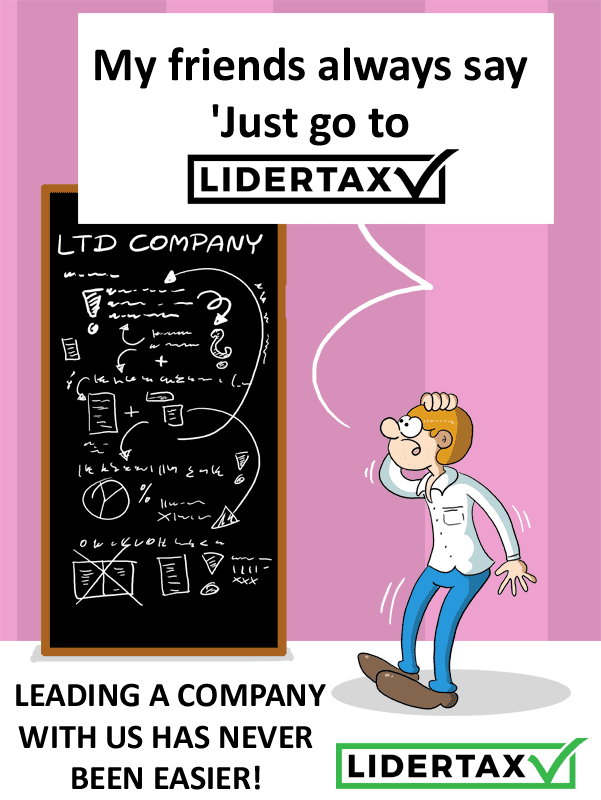
Navigating the labyrinthine PAYE (Pay As You Earn) system necessitates the assiduous application of the most recent HMRC (Her Majesty’s Revenue and Customs) tax code data. This meticulous approach guarantees the precise remuneration of your workforce and the accurate extraction of Income Tax.
The Genesis of Tax Codes
Tax codes consist of numbers and letters and these are set out in the government website.
Tax Codes and Numerical Components
The numerical constituents within a tax code demarcate the quantum of earnings an employee is entitled to accrue before incurring Income Tax liabilities. Predominantly, this figure emanates from the national Personal Allowance. Which for the extant fiscal cycle stands at £12,570, represented as 1257 in the tax code.
Earnings or fiscal perquisites surpassing this threshold are subjected to the pertinent Income Tax bracket.
Alphabetic Elements
The quintessential code, 1257L, is applicable to individuals holding a singular occupation. Devoid of untaxed revenue, outstanding tax obligations, or fiscal benefits.
Subsequent alphabetic variations necessitate divergent Income Tax deductions:
- BR – Pertains to individuals with supplementary income streams, such as a secondary occupation or pension. Taxation occurs at the foundational rate if total earnings remain within the basic tax band.
- D0 & D1 – These codes are invoked when an employee’s additional income catapults them into elevated tax brackets, necessitating higher or maximal rate deductions.
- K – this code is employed when an individual’s untaxed income surpasses their tax-free allowance. The subsequent numerical figure is augmented by a factor of 10, amalgamated with the employee’s total income, and then subjected to the applicable tax rates.
- L – This is the standard Personal Allowance code for those with no auxiliary income sources
- Emergency Codes (LW1, LM1, LX) – these are provisional codes for calculating taxable income in the absence of a P45 for new hires. They are ephemeral and pertain solely to the current remuneration period.
- M & N – these codes signify the transfer of Personal Allowance between spouses or civil partners, affecting the tax-free allowance and subsequent tax rates.
- NT – generally reserved for those categorised as self-employed, requiring no PAYE Income Tax deductions.
- OT – this code is activated when an employee has either not provided a P45 or has exhausted their Personal Allowance.
- T – this code incorporates additional computations to ascertain the employee’s Personal Allowance.
Tax Codes for Scottish and Welsh Constituents
Individuals residing in Scotland or Wales are assigned distinct tax codes, prefixed by ‘S’ or ‘C’, respectively.
Catalysts for Tax Codes Alterations
HMRC disseminates updated tax codes in instances where an employee’s fiscal circumstances metamorphose in a manner affecting their tax obligations. Such vicissitudes encompass:
- Inception of new employment without a P45
- Declaration of auxiliary income sources to HMRC
- Elevation in income, propelling the employee into a higher tax bracket
- Fluctuations in state benefits or pensions
- Introduction of new, taxable company benefits.
These tax code modifications are transmitted electronically and should be integrated into the ensuing pay cycle.
Rectifying Discrepancies in Income Tax
Either HMRC or the employee will alert you to any overages or shortages in Income Tax for antecedent fiscal years. A recalibrated code will be issued to adjust the tax-free allowance accordingly.
Expertise from Accounts and Legal
The intricacies of tax codes are pivotal for the accurate disbursement of salaries and the lawful deduction of Income Tax. Should you encounter any conundrums or require assistance in liaising with HMRC. Our cadre of seasoned small business accountants stands ready to assist.




